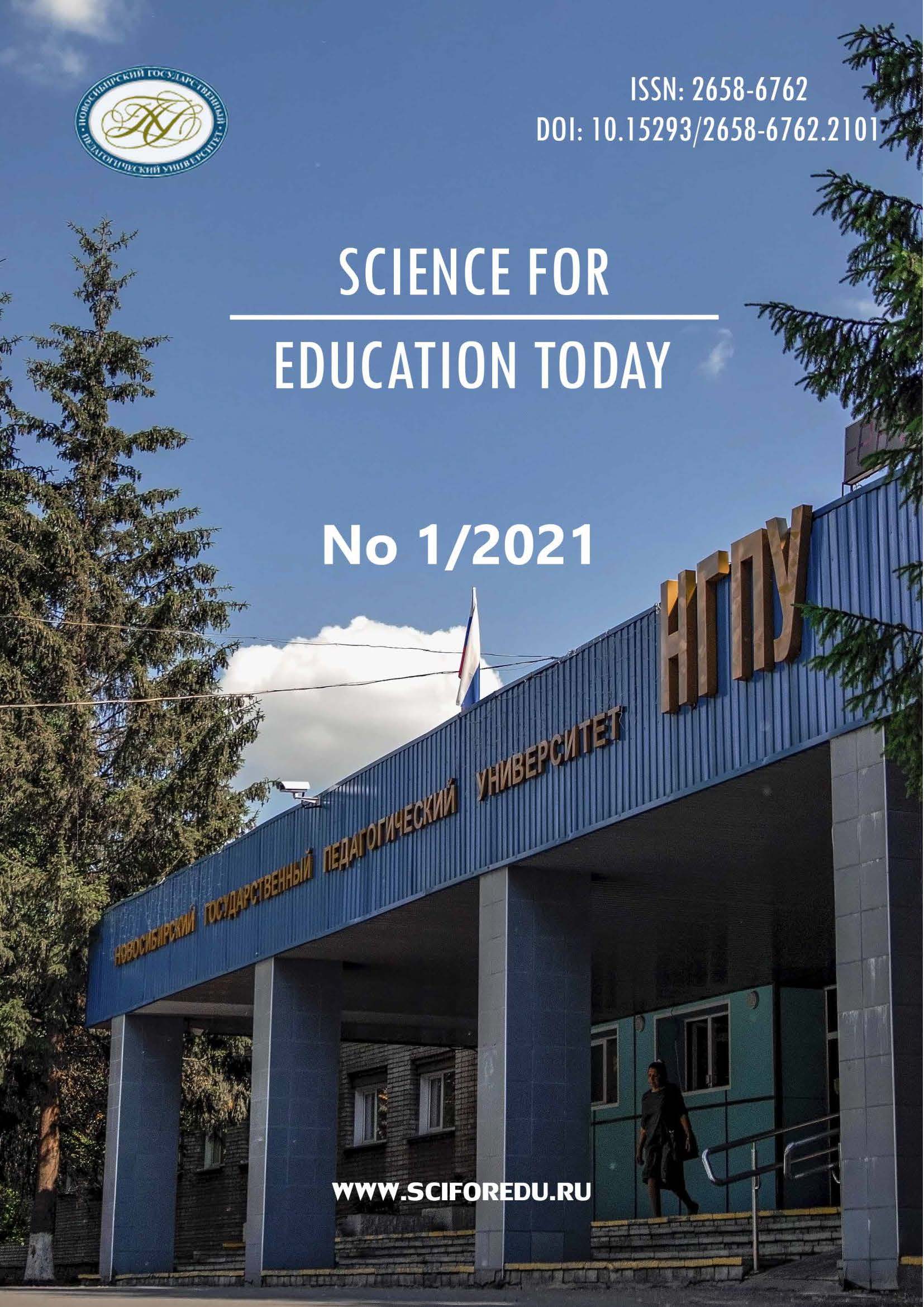Анализ рациона питания, биохимических показателей плазмы крови и композиции тела студентов первого курса в условиях адаптации к новой образовательной среде
Diet analysis, blood plasma biochemical indicators and body compositions of first year university students in the context of adaptation to the new educational environment
Author(s): Elena Anatolyevna Chanchaeva, Ekaterina Vasilievna Kruglikova, Sergey Sergeevich Sidorov, Alexey Dmitrievich Gerasev, Roman Idelevich AizmanSubject(s): Higher Education , Sociobiology, Sociology of Education
Published by: Новосибирский государственный педагогический университет
Keywords: First-year students; Students adaptation; Actual nutrition; Biochemical parameters of blood plasma; New educational environment;
Summary/Abstract: Introduction. The article examines the problem of adaptation to the new educational environment and pedagogical support for first-year university students. The purpose of the study is to evaluate the body composition, nutrition and biochemical parameters of blood plasma of first-year students who are adapting to living in a university dormitory. Materials and Methods. The methods of empirical research of physical development (length, weight, body mass index), body component composition (total fat content, muscle component), nutrition structure (macronutrient composition and caloric content of the daily diet), biochemical analysis of blood plasma (plasma content of triglycerides, cholesterol, low-and high-density lipoproteins, glucose), as well as statistical methods of data comparison were used. Results. The body length of males (175.4 cm), in contrast to females (162 cm) aged between 18 and 19 years is not a definitive indicator and can increase during 2 or 3 years. The percentage of overweight and obesity among first-year students was 16.1%; total fat content exceeding the limit values was found in 35.5% of females and 6.7% of males, and insufficient fat content was found only in 10% of males. The muscle component, both in girls and boys, corresponded to the indicators of the norm. The actual nutrition of first-year students living in a university dormitory was characterized by a lack of calories, fats, including polyunsaturated fatty acids, and insufficient consumption of carbohydrates, including dietary fibers. This deficiency was more pronounced among females, who also had a deficit in the consumption of proteins, especially of animal origin. The biochemical parameters of the blood plasma of all students did not exceed the normal limits, except for the values of high-density lipoproteins. The percentage of students with low values of high-density lipoproteins was 8.3%. The content of CCS in the blood plasma was inversely proportional to the caloric content of the diet and the amount of fat consumed. The predisposition to disorders of lipid metabolism in first-year students living in a university dormitory was due to insufficient replenishment of the body's energy expenditure and an unbalanced diet. Conclusions. Early adulthood is characterized by the formation of a definitive level and the predominance of assimilation processes, so the issues of healthy nutrition, especially in the conditions of a high rhythm of students’ life, insufficient replenishment of energy consumption and unbalanced consumption of nutrients, are relevant and require attention from the group leaders for first-year students. Pedagogical support of first-year students should contain methods and techniques aimed at promoting healthy nutrition and financial literacy.
Journal: Science for Education Today
- Issue Year: 11/2021
- Issue No: 1
- Page Range: 174-188
- Page Count: 15
- Language: Russian

